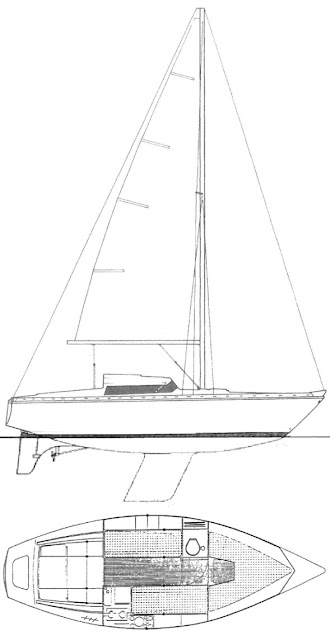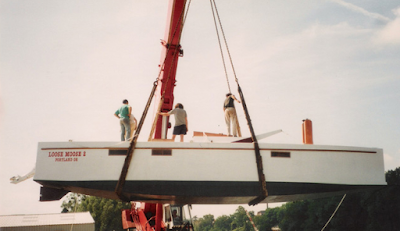Truth be told, there's not a lot of difference between most of the classic plastic designs and when you look at a CAL 34, Columbia 34, or a Whatever 34 it's easy to see that all of the designs tend to cover the same bases. Since they all use the same rig, the same accommodation plan, the same general construction, and the same level of quality, it makes it hard to tell them apart.
Of course, the main reason we find ourselves in this same old same territory is that in the late sixties/early seventies, the general consensus was that this is what worked and worked well. The simple fact that there are thousands of classic plastics still floating right side up and sailing backs that up.
Still, I wonder what Lapworth, Tripp, Irwin, and Morgan would have changed if they had a chance to change the mold they'd confined themselves to.
Being that we're now in 2023 with a world balancing on the edge of several cataclysms of our own creation, it's way past time to rethink boats in general and classic plastics in particular.
One of my favorite films is Jean-Pierre Jeunet’s "Amélie" which I'm sure you've all seen. A classic for sure but Jean-Pierre Jeunet felt that he could have a bit of fun through reinvention...
And if you can reinvent a classic film, what's keeping you from doing the same to a classic sailboat design?
Within a reasonable budget of course.















